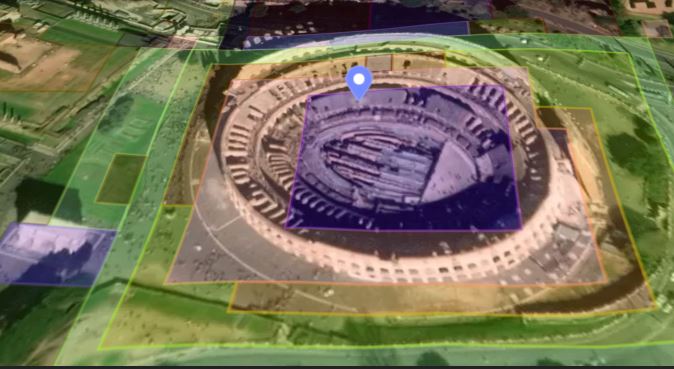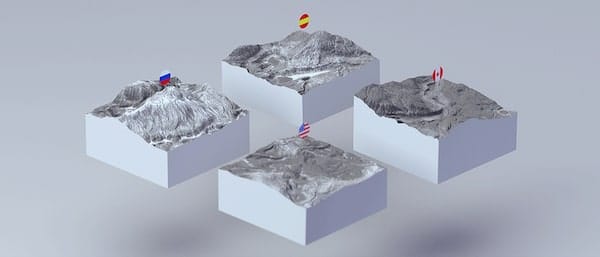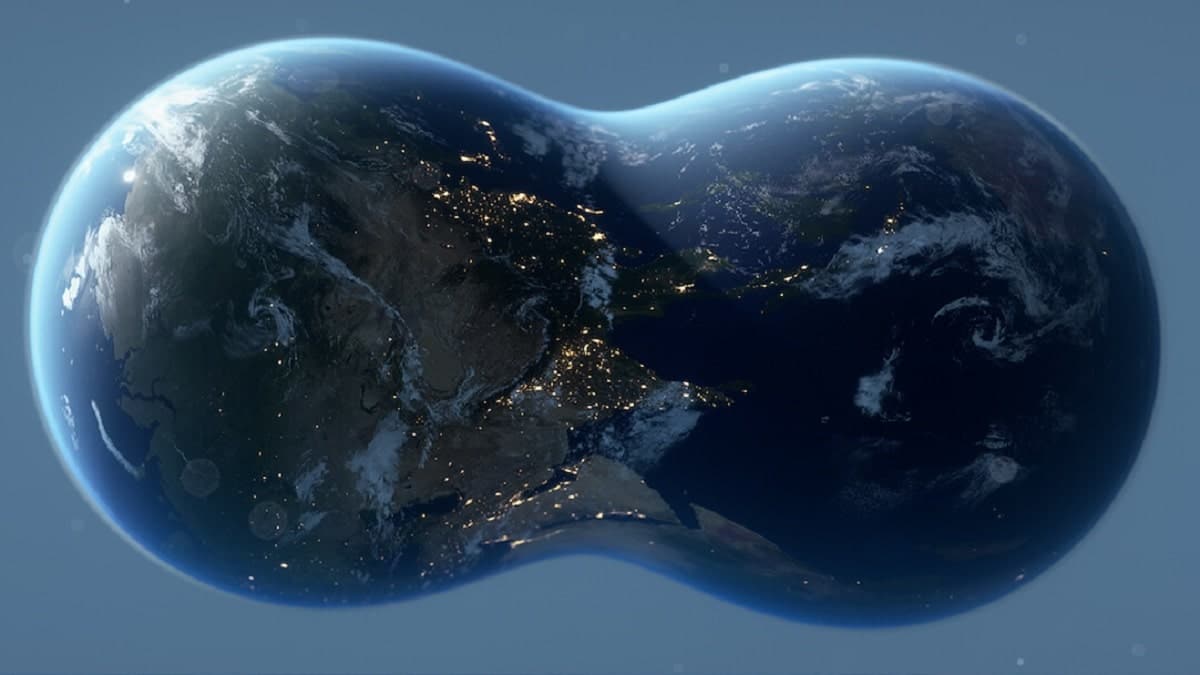In this period there is a lot of talk about ‘metaverso‘, which uses virtual and augmented reality to bring us into a digital world. In many cases, these are special experiences: using VR for meetings and interacting with users, leveraging AR for advertising or navigation. But there is a project that has taken this concept literally and is building one digital replica of the Earth full scale: Earth 2.
Earth 2, a digital replica of our Earth: how does it work?
A 1: 1 reproduction of the entire planet, divided into 5.1 trillion 10-by-10-meter digital land lots. Which you can buy, as if they were really building land. Earth 2’s ambition is to create a real one digital world (Those who love sci-fi literature and cinema will certainly think of Ready Player One). On which one day you can build buildings, relate to others in virtual reality, trade. In a word to live.
But unlike the real world, Earth’s planet isn’t already inhabited at the moment. The developers explain that they are starting from scratch to create a truly complete ecosystemor, real in everything even if virtual. So for the moment you only have the option to buy land. From the top of Everest to the Statue of Liberty.
Video game or investment for the future?
On the Earth 2 website you can read that the developers’ vision is to “create a digital representation of our Earth. A place where build, respect, trade, live, experience, interact and much more. The vision is long-term and monumental, and we believe that the introduction of Earth 2 represents the birth of the timeline of this world ”.
One day, we can then stroll on our virtual possessions, taking advantage of virtual reality technology. Like a more realistic and complete version of Second Life or the largest of open world video games. But the infrastructure of this world will all be built with users. That for the moment, they can only buy the land.
How does Earth 2 work?
Earth 2 developers built a detailed reconstruction of the world using technology MapBox. Basically, you can travel the world moving around on a map (also available in satellite or 3D) not unlike the one you find on Google Earth or Maps. By selecting a lot, you will find information about the current owner and the price.
You can decide to buy the Colosseo or Disneyland, but also a hectare of land in the Sahara desert. For the moment, the development team has made it clear that the most profitable investments are those close to monuments and where there are resources (for example gold mines). Because in the second phase of the project the land will start to become productive, creating a digital currency for use within Earth 2 (not a cryptocurrency, rather a currency like those in video games). But the value of the virtual land does not correspond directly to the real one. Instead, it depends on a separate economy.

The ultimate goal, that of Phase 3, is to enter this digital world using gods VR viewers. And live this second land. With its own social and economic system.
Earth 2: a growing economy
The price of these virtual land varies by area. By accessing the official website page you can see how the average cost in the United States reaches 63.23 dollars, while in Italy costs less with 17.49 dollars. At the moment, the most expensive land of all is that of Vatican City with 130 dollars, but we are sure that it also depends on the fact that it is much smaller.
The buyers are many. Those who have spent the most have accumulated almost 500 thousand euros in digital terrain. But the developers right now are banking on the fact that not only is there a lot of virtual land to buy. There is a lot to sell. At launch in late 2020, there were weeks where the price of land in the digital US went up by +3000%, ensuring huge profits to those who bought and sold at the right time.
With double and even triple-digit price increases (Vatican City grows by + 129%) even after a year of launch, many investors speak of Earth 2 as the “new Bitcoin”. And in a way they are right: virtual currencies were born before they could be spent in the real economy and have made really huge profits, in some cases. But the terrains of Earth 2 represent areven greater risk. The challenge lies not only in being able to make purchases in cryptocurrencies, but an entire one virtual world turns out to be a success. The kind of investment that’s okay to make if you have money to invest, without despairing if you lose it.

A metaverse with an uncertain future
For the moment, the most sought-after digital plots of land on Earth 2 relate to areas where tourist attractions arise. Or where there are important mineral resources, Caribbean islands. The truth is that uncertainty about the project makes it difficult to understand which strategy to use.
In the future, we will go to Earth 2 for visit the most beautiful cities in the world through virtual reality? In this case, buying the land of the virtual Vatican City will certainly be worth the higher investment. Or will we use it to meet people online? In this case we will have to understand how people will arrange themselves in this world. Perhaps the terrain around the stadiums will be perfect for those who want to discuss football while having virtual lots in Lucca or San Diego will be perfect for comic book lovers. But it remains difficult to know.
We are currently still in Phase 1 of this project. In phase 2, it appears it will be possible to mine resources and start generating the currency within the virtual world. In phase 3 it is thought that we will be able enter this world in VR. But no one really has any idea how this phase could be feasible. The site only reads: “users will have the first access to Earth 2”.
Earth 2 represents at the moment only “The idea” of a virtual Earth. The founders of the site (and associated apps) themselves envisage a long path, of which this is only the basis. But maybe one day we can discuss the success of this metaverse by having a virtual coffee on the top of digital Everest.















Leave a Reply
View Comments